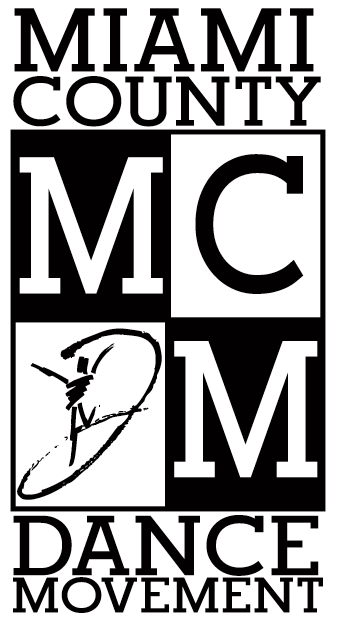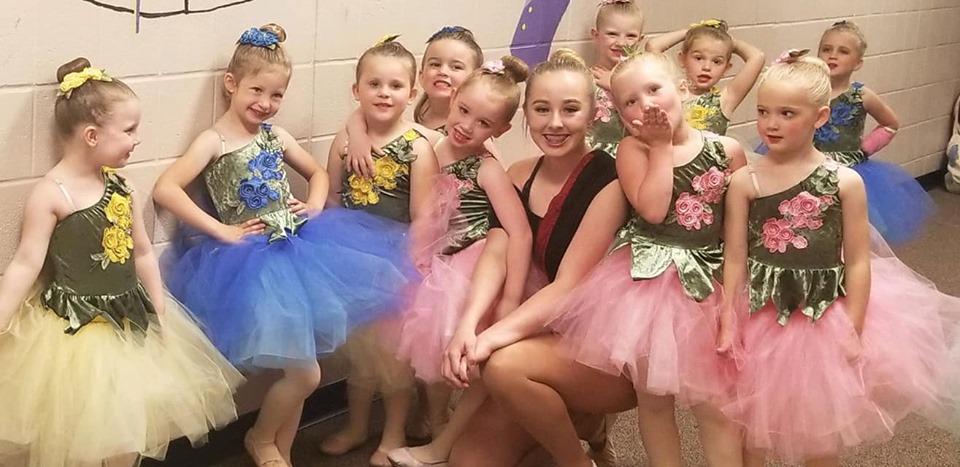Our Mission.
MCDM focuses on each child as an individual. We love to learn about their unique gifts and highlight them in a way that encourages their confidence to be their best self!
Our love of ART brings out each child’s beauty and emotional power. They have a unique understanding through knowledge of history, connecting to personal experiences, and MCDM teachers being committed to our vision.
Our commitment to TECHNIQUE builds each student to be a strong, safe, and lifelong mover.
MCDM’S dedication to DEVELOPMENT creates a thriving human for any career they would want to pursue in the future, not just the arts or dance. Students develop important qualities such as, social skills, how to take and give correction, team building skills, how to hold the attention of a large group, time management and organization, multitasking, memory, patterns, and creative problem solving.
Why Dance?
The Benefits of Dance
Dance is a powerful ally for developing many of the attributes of a growing child. Dance helps children mature physically, emotionally, socially, and cognitively. The physical benefits of dance are widely accepted, but the emotional, social and cognitive attributes have only recently begun to be appreciated.
Physical Development
Dance involves a greater range of motion, coordination, strength and endurance than most other physical activities. This is accomplished through movement patterns that teach coordination and kinesthetic memory. Dancing utilizes the entire body and is an excellent form of exercise for total body fitness. Young children are naturally active, but dance offers an avenue to expand movement possibilities and skills.
Emotional Maturity
Dance promotes psychological health and maturity. Children enjoy the opportunity to express their emotions and become aware of themselves and others through creative movement. A pre-school child enters a dance class or classroom with a history of emotional experiences. Movement within a class offers a structured outlet for physical release while gaining awareness and appreciation of oneself and others.
Social Awareness
Dance fosters social encounter, interaction, and cooperation. Children learn to communicate ideas to others through the real and immediate mode of body movement. Children quickly learn to work within a group dynamic. As the ongoing and sometimes challenging process of cooperation evolves, children learn to understand themselves in relation to others.
Cognitive Development
Young children will create movement spontaneously when presented with movement ideas or problems that can be solved with a movement response. Movement provides the cognitive loop between the idea, problem, or intent and the outcome or solution. This teaches an infant, child and, ultimately, adult to function in and understand the world. The relationship of movement to intellectual development and education is an embryonic field of study that has only recently begun to be explored.
- From the National Dance Education Organization


